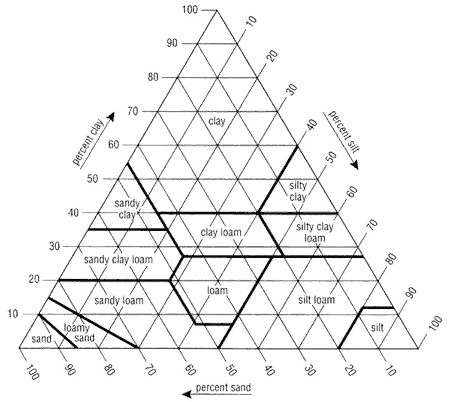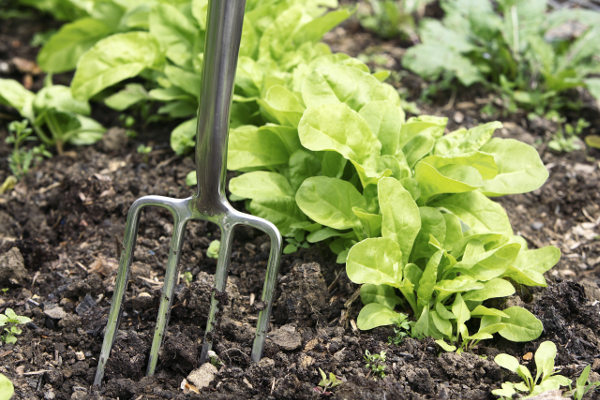Soil: What is it?
Everyday we get up, drink our coffee, head out the front door and take on the challenges that await us. It’s not too often, during our busy days, that we think about what’s right under our feet… Soil. It is EVERYWHERE. Under the concrete, the grass, and even under water; it is literally the foundation that everything is built upon. It is an incredibly common term, but most people don’t seem to know… what is SOIL?
An Official Definition of “Soil”
The Soil Science Society of America defines “soil” as:
(i) The unconsolidated mineral or organic material on the immediate surface of the earth that serves as a natural medium for the growth of land plants. (ii) The unconsolidated mineral or organic matter on the surface of the earth that has been subjected to and shows effects of genetic and environmental factors of: climate (including water and temperature effects), and macro- and microorganisms, conditioned by relief, acting on parent material over a period of time. A product-soil differs from the material from which it is derived in many physical, chemical, biological, and morphological properties and characteristics.
It is a fairly loose definition, and provides the groundwork for a lot of confusion when it comes to discussions. By this definition, we could actually call other mediums such as sand and clay, soil. Most people would not call a pile of sand, a pile of “soil”, even though they would technically be right.

So What’s This Black Stuff?
Semantics aside, what is the typical black, fluffy material that we unanimously call soil? It turns out that it is classified by the ratios of sand, silt, and clay that make up the material in question. This chart shows the possible combinations, and the classification of each.

In the middle of the chart, towards the bottom, there is a section called “loam”. This is the typical dark dirt that many home owners use in the gardens, and on their lawn. It is the ideal, mixture of sand, silt, and clay. The black appearance comes from the high amount of organic matter that is able to thrive in this ideal growing medium. Depending on the application, different variations of this mixture can be used. For example, a clay loam might be ideal for a garden bed due to it’s moisture and nutrient retention, but sandy loam would be better for topdressing the lawn due to it’s ability to percolate moisture. The characteristics of loam make it the most popular choice for gardeners.
What’s The Difference?
These different primary soil types are identified by the size of the “soil particle”. Soil particles must have a diameter of less than 2mm, otherwise they are considered gravel or rocks. The largest soil particles are sand. These particles are coarse, and they allow water and air to move between them. Slightly smaller than sand, are silt particles. These are smooth particles that hold moisture and make it available for plant absorption. The smallest soil particles are clay, which are very fine and sticky and hold lots of water. Clay tends to hog the moisture though, and not give it up to plants easily. The clay particles are also what retains nutrients.

We mentioned the organic matter being the source of the dark coloration of loam, but what about the other colors of soil? Coloration is mainly based on the nutrients that are in the soil. For example, high levels of iron tend to make soils yellow or orange.
At BigYellowBag, we focus on finding the cleanest loam varieties and blending them to achieve a high quality standard. We measure the ratios of sand, silt, and clay and make the necessary adjustments. We also know that quality soil requires structure. Small twigs and other organic matter that can breakdown are essential to plant performance. These materials give the soil some substance, and help to fuel plant growth. That’s why we blend in clean composts to our mixture. Another common amendment is manure due to its high nutrient, and organic matter content! The perfect garden soil blend does not take rocket science, but it does take some incredible attention to soil science!
We have just scratched the surface of the world of dirt in this article, but we hope to “dig in” to more technical information in future posts! We’d love to know what you think about soil, and soil composition, so leave us a comment below or reach out to us on social media. Happy gardening!


